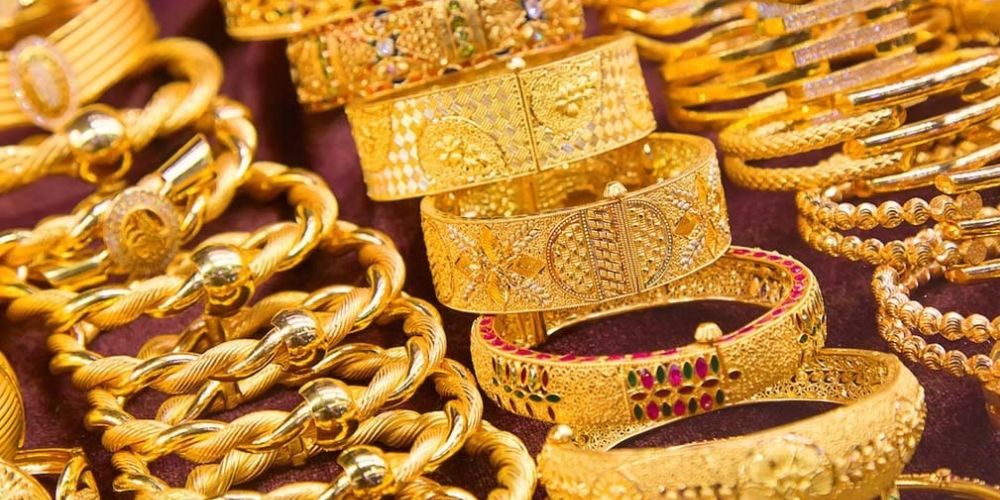On Wednesday, too, gold was unstoppable as it hit yet another lifetime high, its appeal as a haven expanding in the face of rupee depreciation and a shortage of dollars.
Gold prices increased by Rs 900 per tola and Rs 772 per 10 kilos, respectively, according to the All-Pakistan Sarafa Gems and Jewellers Association (APSGJA). These prices now stand at Rs 188,600 and Rs161,694 respectively.

pakistani gold is more expensive than in global markets, as seen by the price gap compared to the Dubai market.
Due to the rupee’s depreciation against the US dollar during the present cycle and the lack of US dollars, traders predict that the price of gold would reach Rs 200,000 per tola.
As according to market analysts, the $6–$8 billion inflow from multilateral and bilateral creditors will pop Pakistan’s gold price bubble.
Silver’s cost per tola, however, stayed constant at Rs2,150. The cost of 10-gram silver remained essentially constant at Rs1,843.27.
Gold prices increased more than 1% on Wednesday, reaching their highest level since mid-June thanks to a weaker dollar and mounting predictions that the Federal Reserve will raise interest rates gradually rather than aggressively.
At 1119 GMT, spot gold increased 1.2% to $1,862.32 per ounce, reaching its highest level since June 13. The price of US gold futures increased by 1.2% to $1,868.30.
Meanwhile, the dollar index decreased by 0.6%, making gold less expensive for foreign investors. According to external analyst Carlo Alberto De Casa of Kinesis Money, there is some confidence in the market before the release of the Fed’s December meeting minutes later in the day.
In contrast to a few weeks ago, when another 0.50% rate was predicted to be nearly certain, the majority of investors now banking on a 0.25% rate hike at the next Fed meeting.
The markets have now priced in the possibility that the central bank may raise interest rates by a full 50-100 basis points on January 23 after Pakistan’s December inflation data was revealed on Monday.
Greater interest rates increase the opportunity cost of owning non-yielding metal, even though gold is regarded as a safe store of value during times of uncertainty and a hedge against higher inflation.






